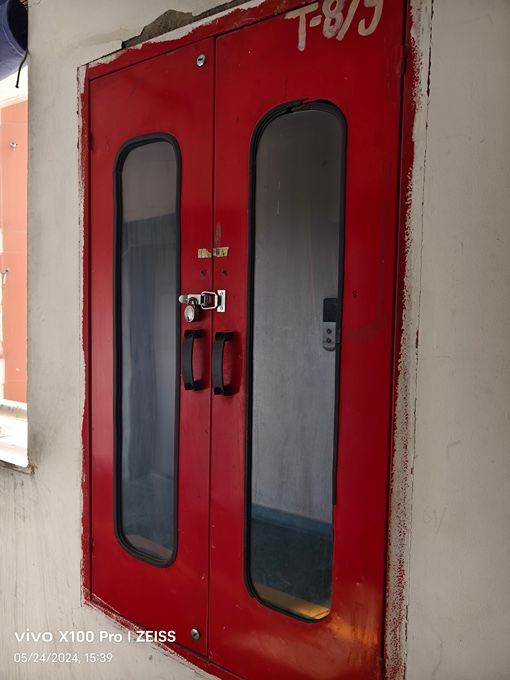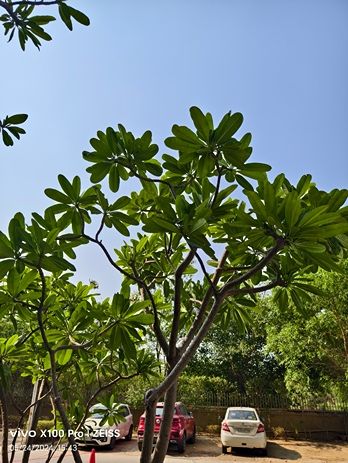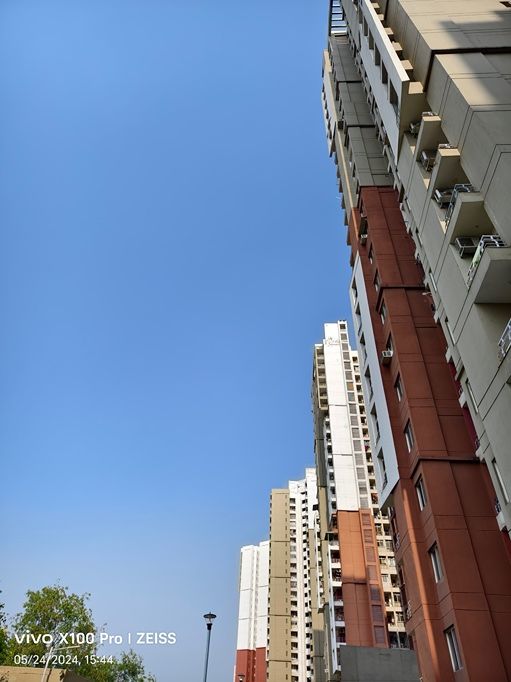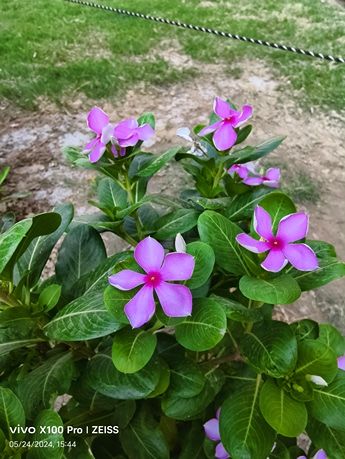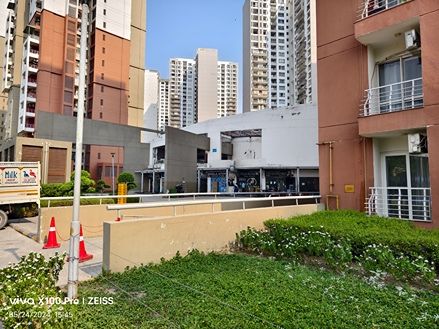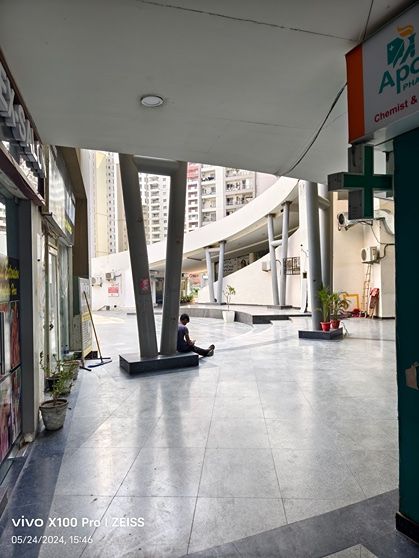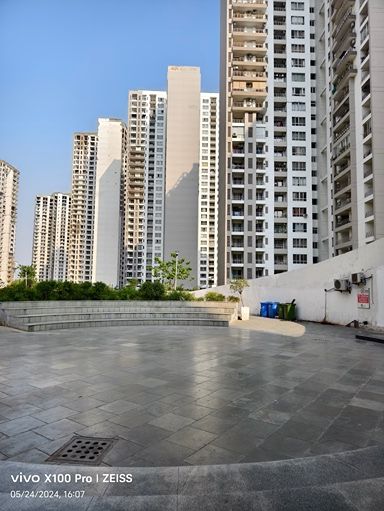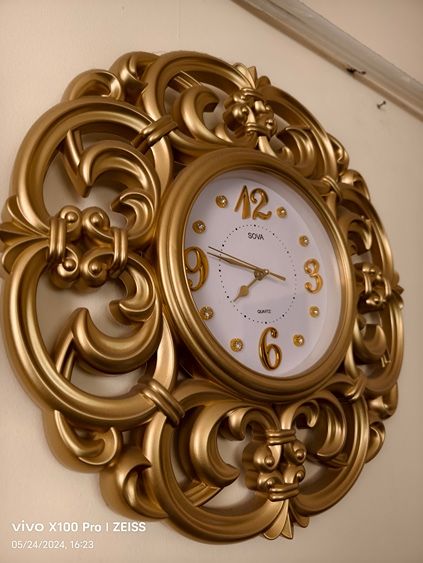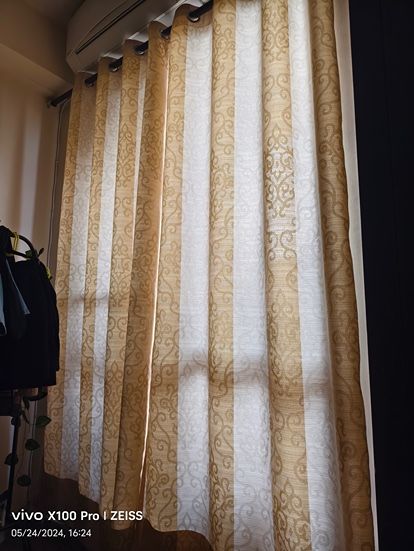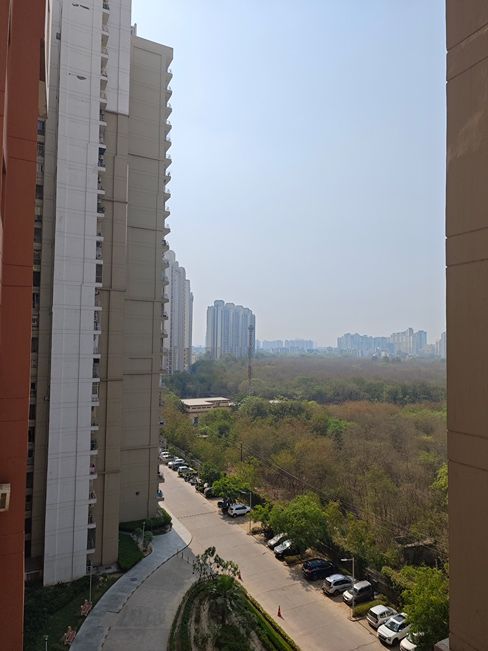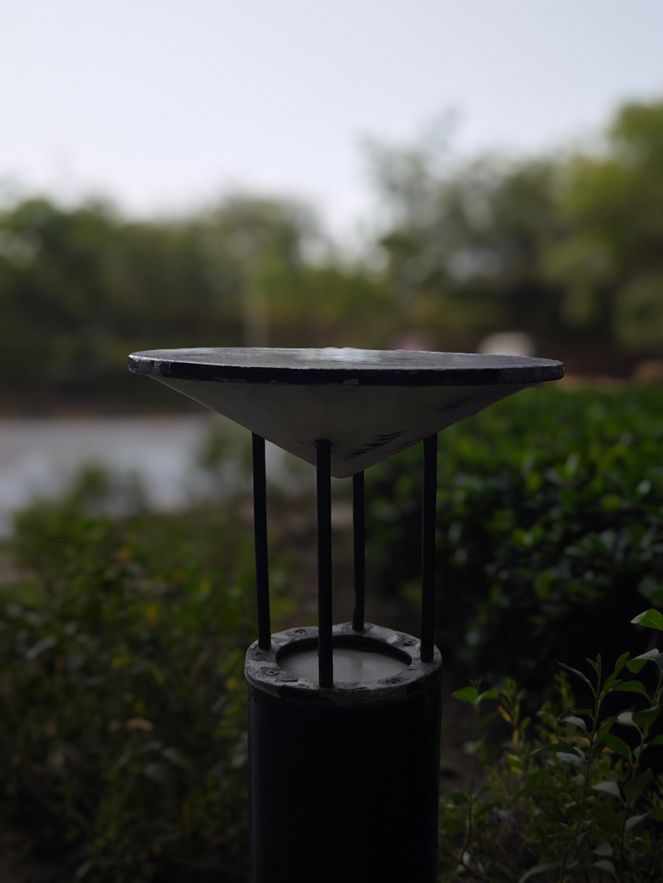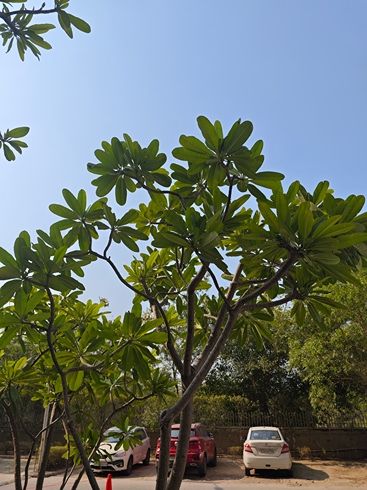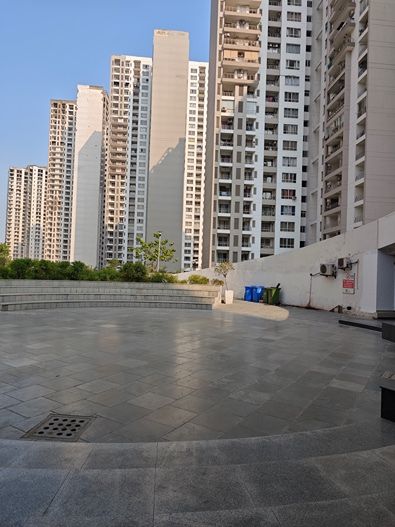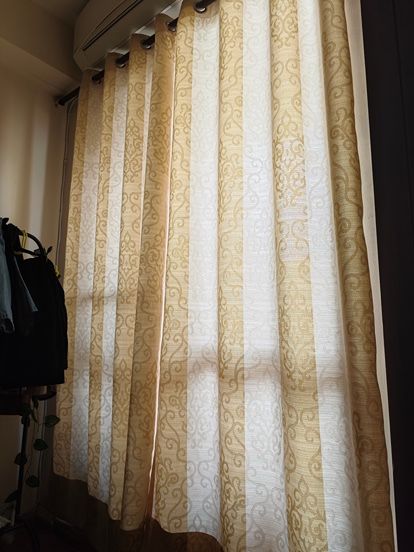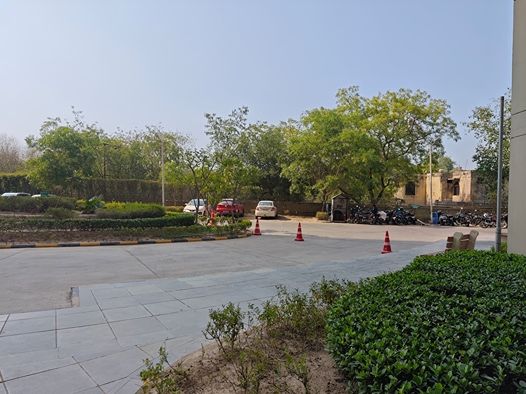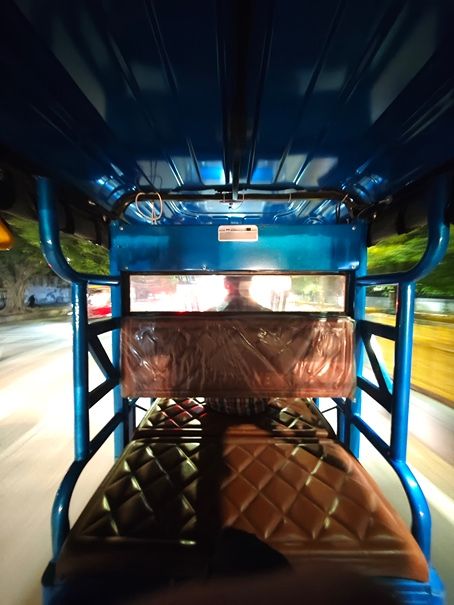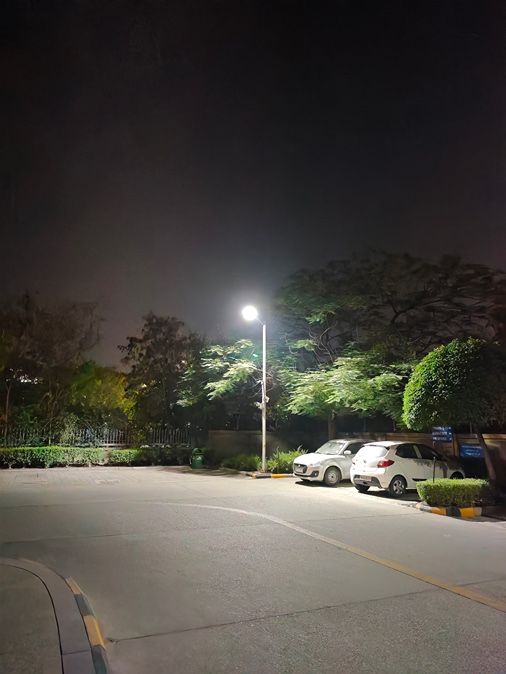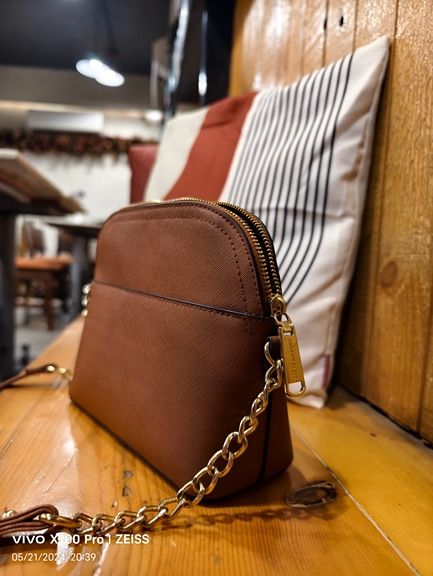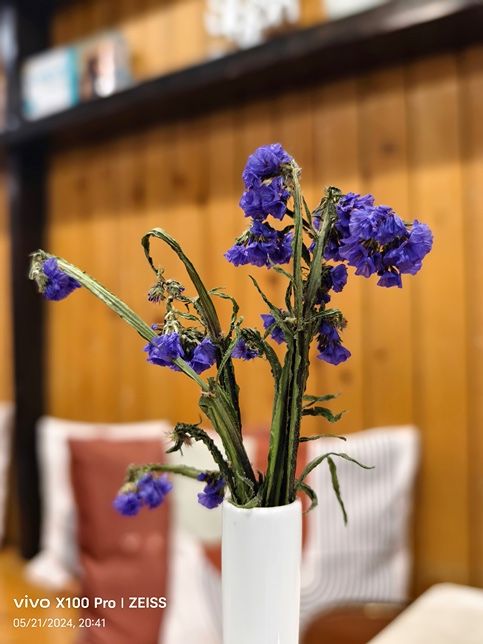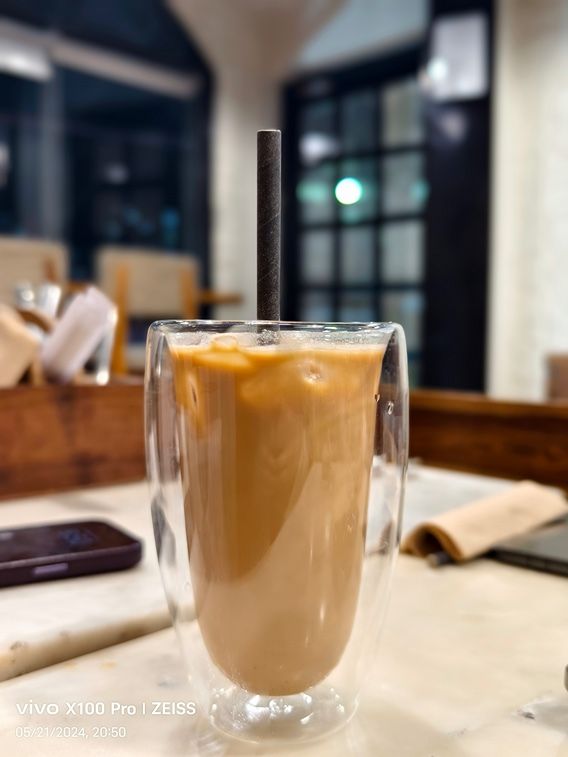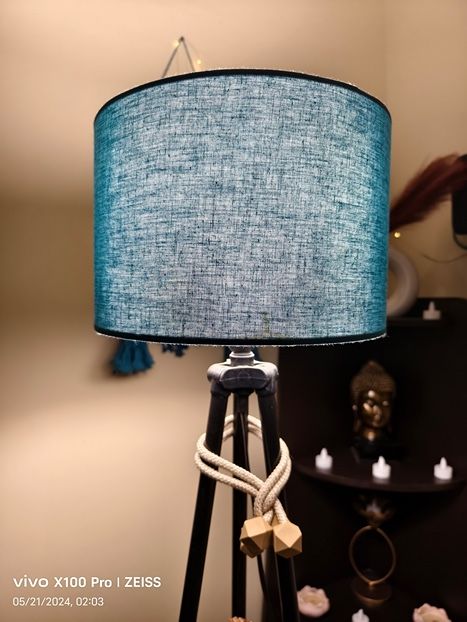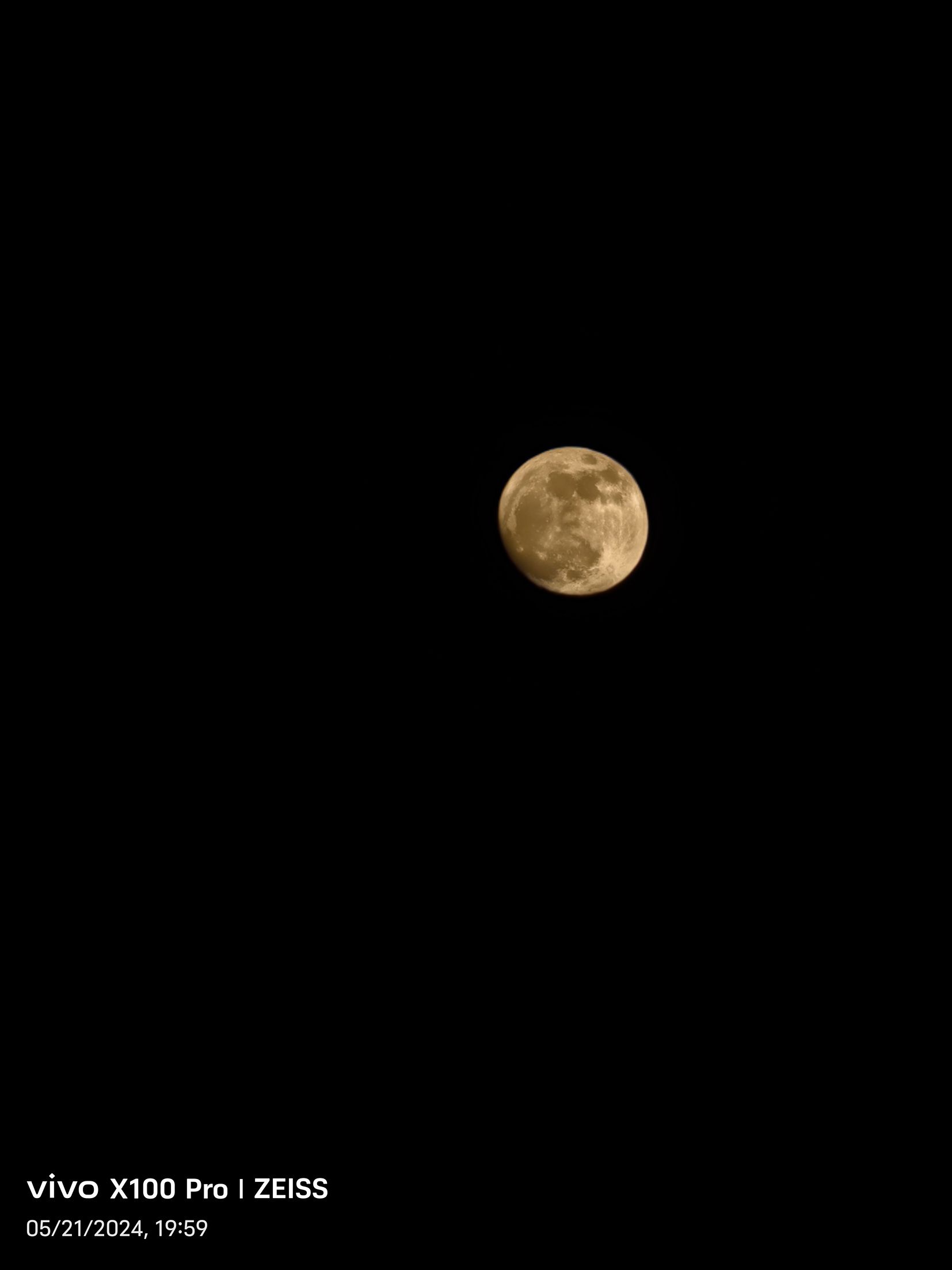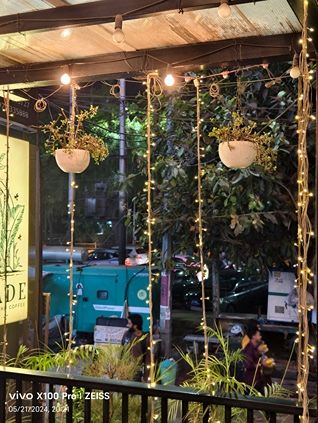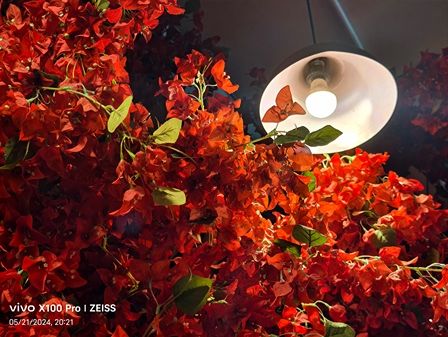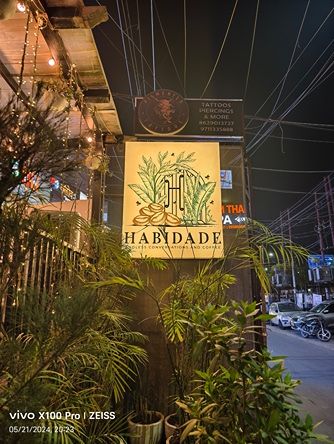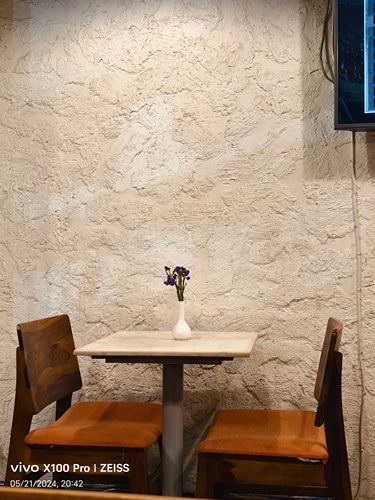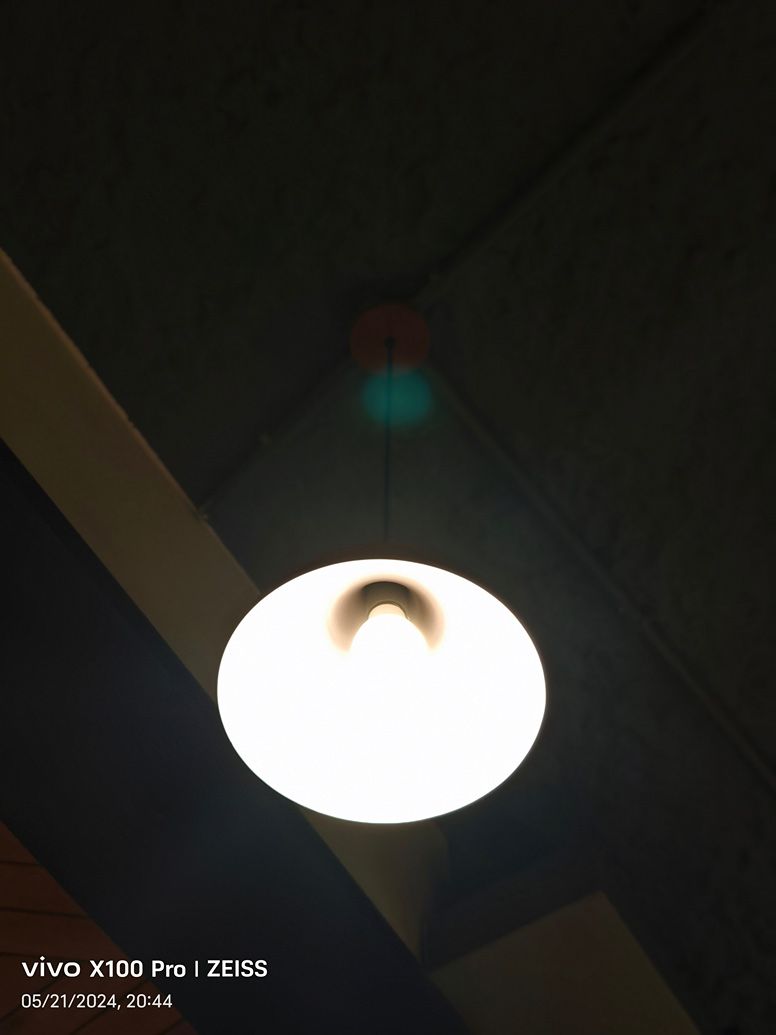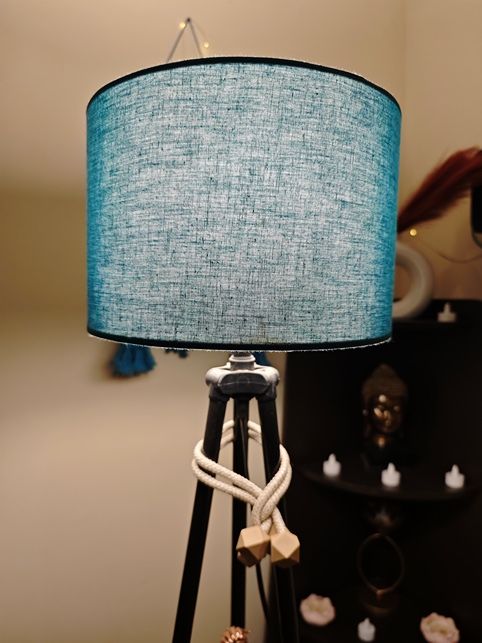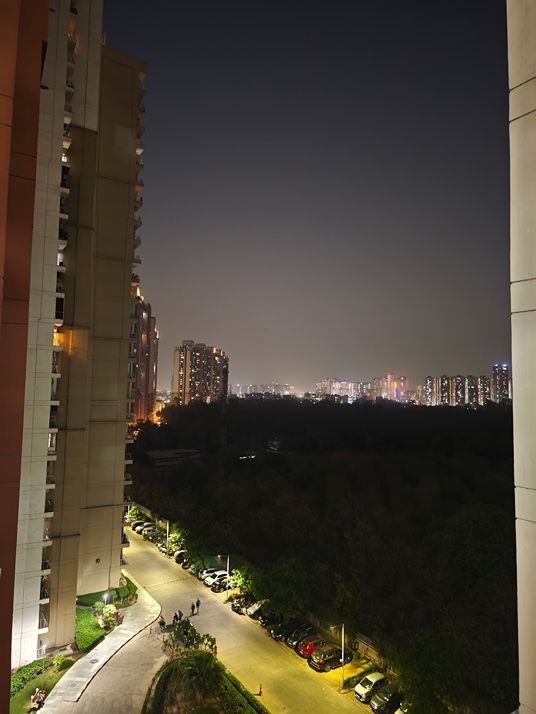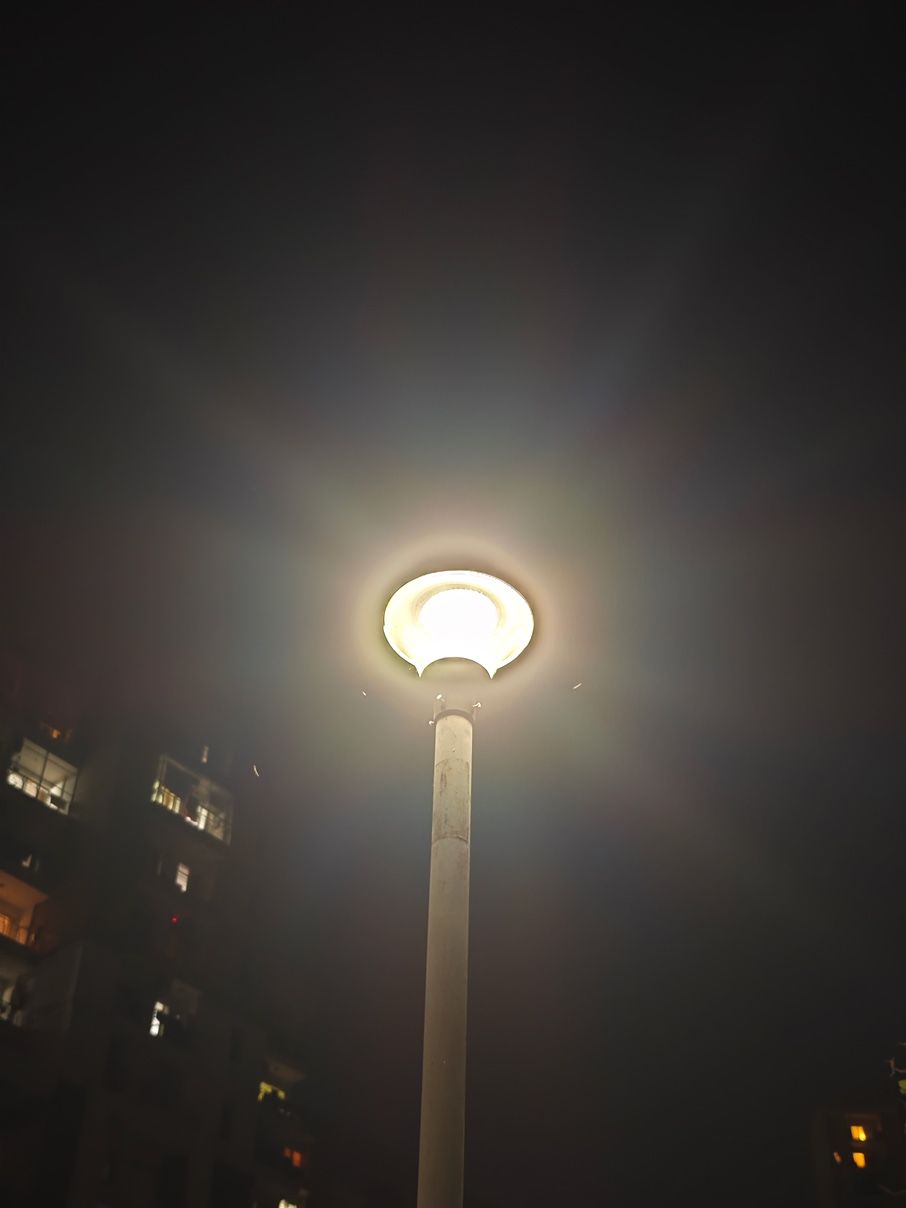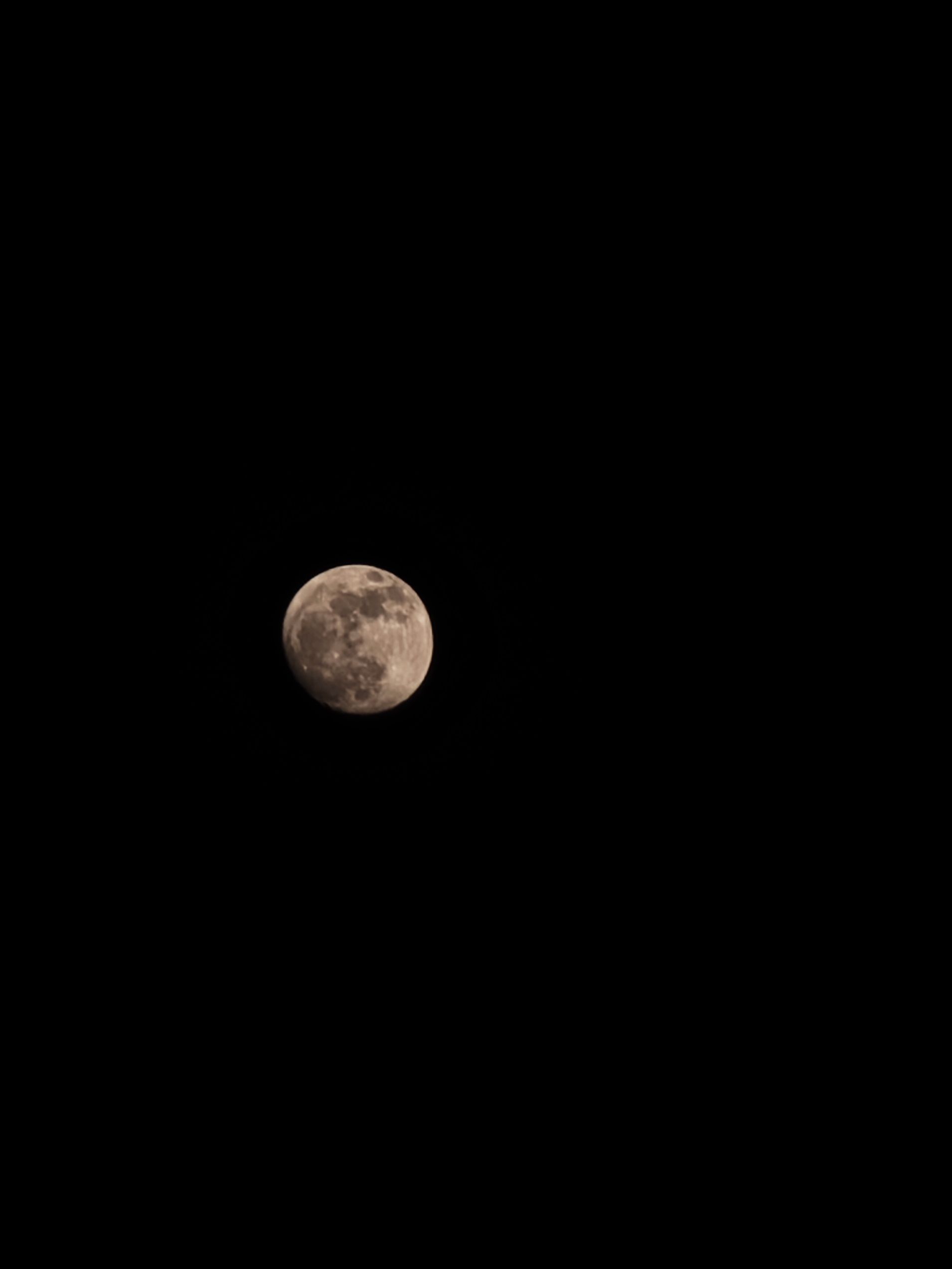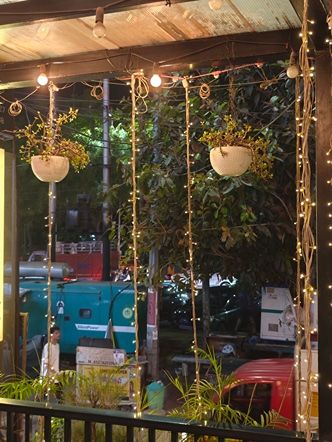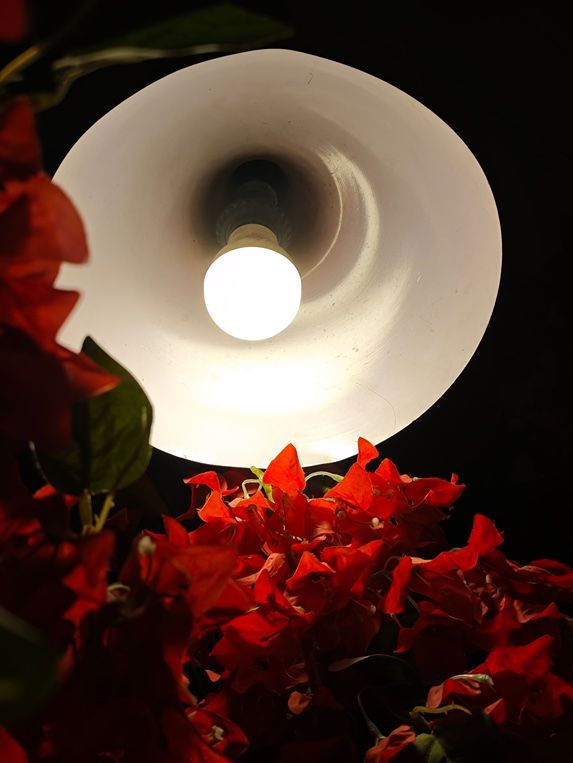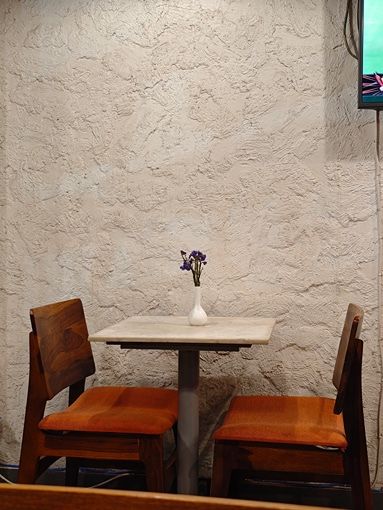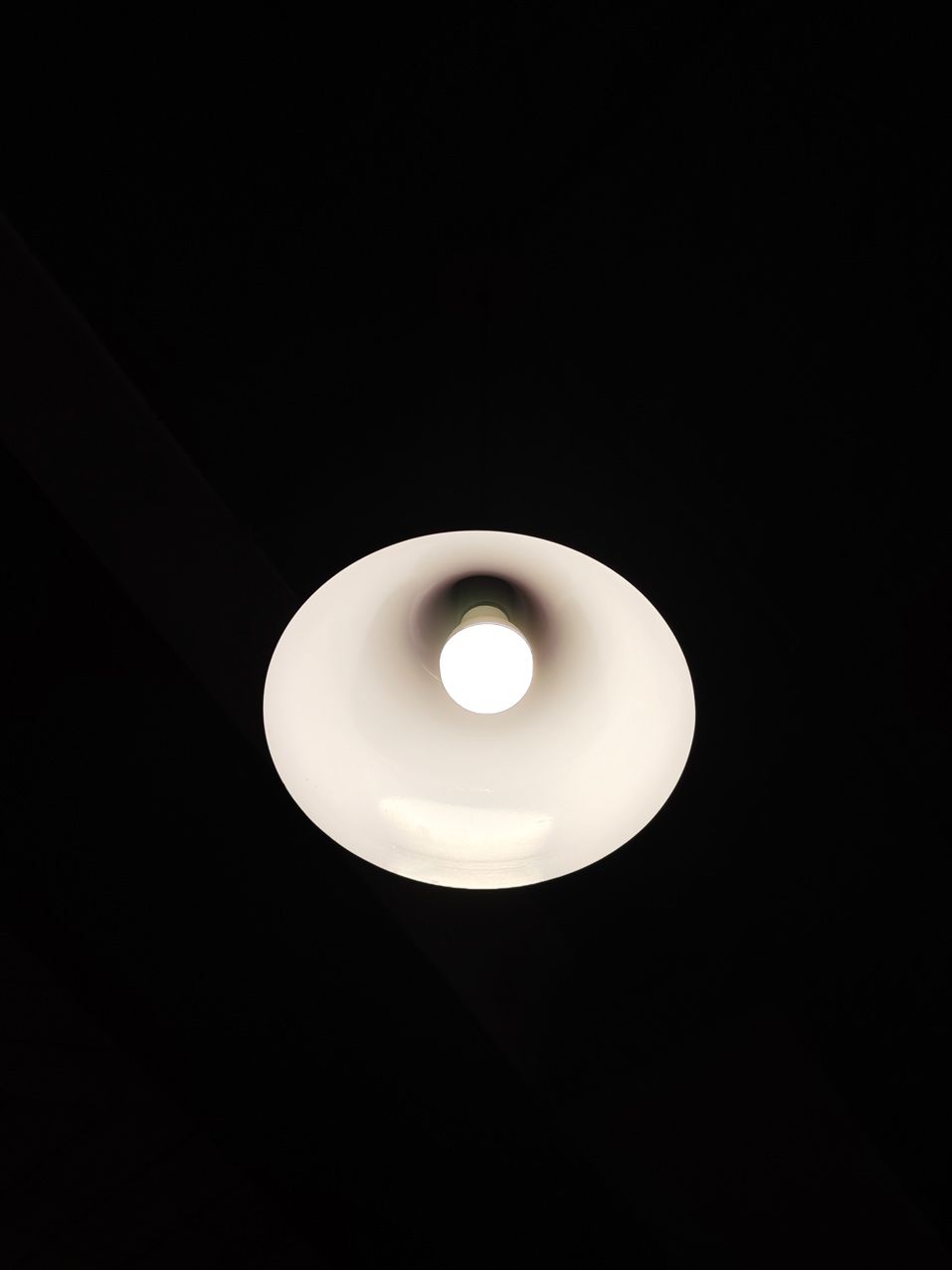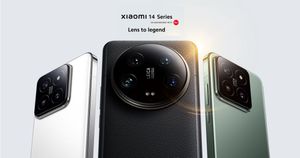
The Vivo X100 Pro and the Xiaomi 14 Ultra launched in India this year. Both phones have the same USP: an outstanding camera experience. But which one is the better camera phone? At MySmartPrice, we’ve tested the cameras of both phones for you. This article will thoroughly examine all the camera modes they offer and their pricing. So, let’s get started.
Vivo X100 Pro vs Xiaomi 14 Ultra: Camera Specifications
| Vivo X100 Pro | Xiaomi 14 Ultra | ||
| Primary Camera | Resolution | 50-megapixel | 50-megapixel |
| Aperture | f/1.8 | f/1.6-f/4.0 | |
| Stabilisation | Optical | Optical | |
| Focal Length | 23mm | 23mm | |
| Periscope Telephoto Camera | Resolution | 50-megapixel | 50-megapixel |
| Aperture | f/2.5 | f/2.5 | |
| Stabilisation | Optical | Optical | |
| Focal Length | 100mm | 120mm | |
| Optical Zoom | 4.3x | 5x | |
| Telephoto Camera | Resolution | – | 50-megapixel |
| Aperture | – | f/1.8 | |
| Stabilisation | – | Optical | |
| Focal Length | – | 75mm | |
| Ultra-wide Camera | Resolution | 50-megapixel | 50-megapixel |
| Aperture | f/2.0 | f/1.8 | |
| Focal Length | 15mm | 12mm | |
| Selfie Camera | Resolution | 32-megapixel | 32-megapixel |
| Aperture | f/2.0 | f/2.0 | |
| Focal Length | 20mm | 22mm | |
| Features | HDR | HDR, Panorama | |
| Video Recording Capabilities | 8K @ 30fps | 8K @ 30fps |
As the table above illustrates, both phones boast nearly identical camera specifications, except for an additional 50-megapixel telephoto camera on the Xiaomi 14 Ultra. While the Vivo X100 Pro sports a triple-camera setup, the Xiaomi 14 Ultra features a quadruple-camera setup. Both phones offer the same selfie cameras and video recording capabilities.
Both brands have joined forces with renowned camera manufacturers. Vivo has partnered with Zeiss, which enhances image sharpness, while Xiaomi has allied with Leica, which is known for its vivid picture quality and rich contrast. Now, let’s examine how each performs in real-world scenarios.
Vivo X100 Pro vs Xiaomi 14 Ultra: Camera Interface
The camera interfaces of both phones are very similar, providing a variety of comparable modes. However, there are distinct differences in their features. For instance, the Xiaomi 14 Ultra has unique options like Director Mode, which the Vivo X100 Pro lacks.
The Vivo X100 Pro offers only HDR for the selfie camera, while the Xiaomi 14 Ultra includes HDR and Panorama modes.
Vivo X100 Pro vs Xiaomi 14 Ultra: Daylight
The Vivo X100 Pro captures vibrant and bright images in daylight, standing out from the Xiaomi 14 Ultra. The photos from the X100 Pro are pleasing to the eye, with a slight artificial enhancement that gives them a subtle appeal. The Xiaomi 14 Ultra produces more natural-looking photos that closely reflect reality. When I asked my friends which photos they preferred, most chose those taken with the Vivo X100 Pro in daylight. One friend remarked, “The pictures from the Vivo X100 Pro look more lively and punchy.” I agree with this assessment.
I would add a caveat here. The Vivo X100 Pro will appeal to you if you’re used to smartphone cameras. But purists and those who grew up idolising the original ‘camera’ will prefer the Xiaomi 14 Ultra. Do remember that Xiaomi 14 Ultra’s Leica Vibrant mode can achieve a similar effect, making its photos comparable to those of the X100 Pro’s natural setting. If you prefer more true-to-life photos, the Leica Authentic setting on the Xiaomi 14 Ultra should deliver the desired results.
In some cases, the green and brown colours appear similar on both phones, but zooming in reveals that the Xiaomi 14 Ultra provides richer details. The X100 Pro’s images can be a bit grainy, with slightly low details around the edges.
In most situations, the Vivo X100 Pro captures well-developed shadows and highlights with accurate white balance. Conversely, the Xiaomi 14 Ultra consistently maintains an accurate white balance and offers a broader dynamic range than the X100 Pro. However, its high contrast may be too strong for some users’ preferences.
The X100 Pro captures daylight photos with textured, sharply defined edges, but noise becomes evident in telephoto mode, particularly around the edges.
Vivo X100 Pro vs Xiaomi 14 Ultra: Ultra-wide
The 0.6x mode on the Vivo X100 Pro provides a wider angle than the 0.5x mode on the Xiaomi 14 Ultra. However, the 1x zoom on the Vivo X100 Pro to its 0.6x feels only slightly wider, which is somewhat underwhelming. Regarding image quality on the ultra-wide, the Vivo X100 Pro captures good details, though they aren’t particularly sharp. It excels with a broad dynamic range and vibrant colour rendition. Noise is generally well-controlled, which enhances the overall image quality.
The ultra-wide shots from the Xiaomi 14 Ultra often appear grainy, with details not being as precise. The camera tends to produce images with highly saturated colours and exaggerated perspectives. Instead of presenting a wide view, the ultra-wide mode on the 14 Ultra gives the impression that it’s pulling the subject closer rather than providing the expansive view one might expect.
Vivo X100 Pro vs Xiaomi 14 Ultra: Portrait
While I couldn’t capture portrait shots of people with either phone, I did take portrait photos of objects. As you can see in the images below, both phones exhibit excellent edge detection.
The Vivo X100 Pro boosts colours, making purples and browns appear more vivid, whereas the Xiaomi 14 Ultra produces more natural-looking portraits in nearly all the photos. Both phones deliver sharp and detailed images. However, the colours on the X100 Pro can be overly saturated. This vibrancy can be appealing, making the photos look lively, but it also gives an artificial feel.
Vivo X100 Pro vs Xiaomi 14 Ultra: Selfie
The Vivo X100 Pro captures good selfies in daylight. The details are excellent when the lighting has sufficient contrast. Skin tones are generally accurate, though the cheeks and chin have a slight reddish hue.
In contrast, the Xiaomi 14 Ultra delivers only average selfies. Given its “Ultra” branding, the selfies should be significantly better. They are often smooth and instantly ready for social media, but this effect isn’t universally appealing. Ideally, selfies should look natural and showcase rich details, which the Ultra’s selfies lack.
Vivo X100 Pro vs Xiaomi 14 Ultra: Low-light
Like its daylight shots, the Vivo X100 Pro captures vibrant colours in low light. The image sharpening is excellent. However, it often produces light streaks under street lights or lamps, indicating a struggle with handling bright lights.
In 2x zoom mode, the X100 Pro’s low-light photos are of high quality, with well-balanced exposures in telephoto mode. However, sometimes the greens appear overly bright, creating an overexposed effect. In ultra-wide mode, shadows tend to be noisier.
The Xiaomi 14 Ultra takes impressive low-light photos with well-rendered shadows. The photos are not overly bright and are pleasing to the eye. Overall, the Ultra’s low-light images are true to life with controlled noise.
In 2x mode, the image quality leans towards being soft. At 3.2x zoom, it maintains a good dynamic range with detailed clarity. Unfortunately, the 5x telephoto mode falls short, with limited details and a tendency to produce images with an artificial orangish hue.
Who’s The Winner?
The Xiaomi 14 Ultra stands out in three critical aspects: daylight mode, portrait mode, and low-light mode. So, if you’re seeking a camera phone that delivers true-to-life images with sharp, detailed precision, the 14 Ultra is an excellent choice.
On the other hand, the Vivo X100 Pro excels in capturing ultra-wide photos and selfies. While its images are often very bright, many users appreciate this vibrant look over the more natural appearance. The key question is: what type of photos do you prefer?

